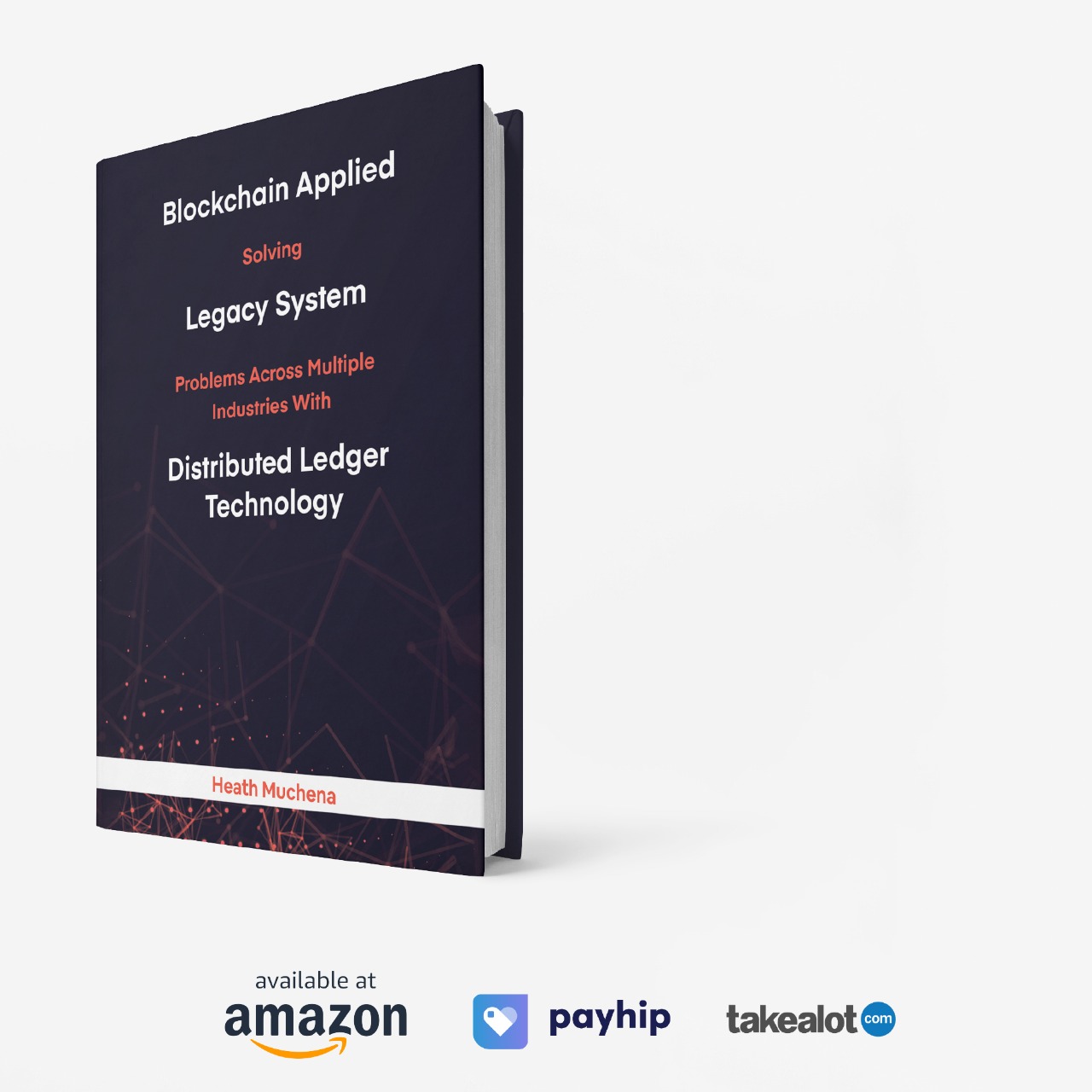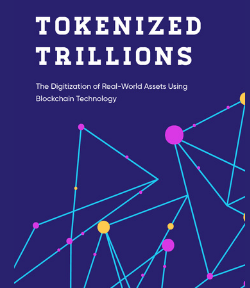
Building the Full-Stack Agentic AI Finance Infrastructure
Autonolas (OLAS) × Giza (GIZA) × Institutional Agents (Edge, Sahara AI).
The rapid shift in finance is no longer just “automated bots” trading assets — it’s about networks of intelligent agents orchestrating tasks, making decisions and coordinating across chains, protocols and data domains.
But to enable this new ecosystem, three crucial infrastructure layers must mature:
- A coordination and orchestration layer that enables multi-agent systems to act and cooperate.
- A research-&-training layer that powers the agent intelligence, data ingestion, model deployment and cross-protocol execution.
- An institutional-grade foundation that grants trust, compliance, data governance and monetisation of AI assets.
In this article we explore how three projects map across those layers:
- OLAS (formerly Autonolas) — the “agent coordination layer every chain needs”.
- GIZA — a Base-native research engine powering on-chain AI intelligence for DeFi.
- SAHARA (by Sahara AI) and EDGE — representing the institutional frontier of autonomous research-agent stacks.
Together, they illustrate the full stack of agentic finance from orchestration to intelligence to institution-grade deployment.
Autonolas (OLAS): Multi-Agent Orchestration Layer

The problem: coordinating agents across chains
Traditional smart contracts execute simple logic flows on-chain — but they cannot easily coordinate complex, stateful agents, cross-chain links, off-chain compute or multi-agent workflows. Orchestrating many agents with shared goals, governance, permissioning and cross-domain data requires new primitives.
How Autonolas enables orchestration
OLAS describes itself as a composable stack for multi-agent systems that coordinate off-chain logic and sync on-chain through smart-contract anchors. Under the hood:
- Agents run off-chain in languages like Rust or Python, managing tasks, interacting with APIs, reasoning and acting.
- On-chain smart contracts (via the Autonolas protocol) register agents, manage permissions, provide component-registry, service registry and track execution metadata.
- Governance via the OLAS token and veOLAS model anchors community control, agent upgrades and distribution of rewards.
Case studies: Base deployments & DAO governance
While OLAS was originally built for modular ecosystems, its architecture is chain-agnostic — meaning it can deploy agent clusters on chains such as Base. Projects using OLAS make it possible for agents from different chains to coordinate, share state, and follow unified policy.
DAOs using OLAS register agent-services as NFTs or modules, track off-chain performance via on-chain logs, and distribute revenue back to token-holders. This opens a path for “agent DAOs” where participants co-own a network of agents rather than a single protocol.
Comparison with Flock & BIOS
When comparing OLAS to other coordination infrastructure:
- FLOCK (by Virtuals) focuses on agent-to-agent orchestration within one ecosystem, primarily Base-native agents.
- BIOS (also by Virtuals) is an operating system layer for agents inside that ecosystem.
By contrast, OLAS aims to be chain-agnostic, multi-agent network capable, and governance-centric, making it suitable for large-scale, cross-protocol agent coordination rather than single-ecosystem orchestration.
Giza (GIZA): Base-Native Research Engine for Agent Intelligence

What is GIZA?
Giza defines itself as an agent-driven DeFi infrastructure platform. Its agents continuously analyse cross-protocol conditions, execute complex strategies and adapt to market changes while preserving user sovereignty.
GIZA is deeply integrated with Base and other EVM chains, and focuses on the intelligence layer of agentic finance.
Data-Training Pipelines & Model Deployment on Base
Giza’s architecture includes:
- A semantic abstraction layer that maps high-level financial instructions (e.g., “monitor AAVE borrow rates”) into executable operations.
- Agents are registered on-chain but execute off-chain logic, then commit actions back through secure execution networks.
- On Base: Giza deploys agents for yield optimisation (e.g., its ARMA stablecoin yield-agent launch) on Base to exploit lower cost and faster UX.
-
The smart-account abstraction ensures user control: agent acts within permissioned scope, performing actions but not gaining full custody.
Integration with Virtuals agents and DeFi analytics
While GIZA builds the intelligence stack, it complements ecosystems like Virtuals: agent-tokens launched via Virtuals can leverage Giza’s intelligence engine, data-feeds and execution pipelines. This synergy suggests a layered design: Virtuals handles tokenisation & ownership, Giza handles intelligence, and the output is tradable and autonomous.
Use-case: an agent token built on Virtuals may rely on Giza’s prediction models and execution strategies on Base to earn revenue, buy back tokens and refine policy.
Edge, Sahara AI & the Institutional Frontier

Institutional-Grade Agent Stacks
Beyond retail agent applications, institutional users demand higher levels of auditability, compliance, data governance, model provenance and enterprise workflows.
- Sahara AI positions itself as a full-stack AI-native blockchain platform where AI assets (models, datasets, agents) can be created, owned and monetised.
- EDGE AI frameworks (e.g., edge computing agent frameworks) reflect the move toward autonomous, distributed agents with continuous learning and safety mechanisms.
Use Cases: Risk Modelling, Compliance & Data-Feeds
- Risk modelling agents: designed for institutions to run continuous risk-scans, portfolio anomaly detection and leverage management across DeFi positions.
- Compliance agents: monitoring smart contract behaviour, agent actions, on-chain governance events and alerting for regulatory concerns.
- Data-feed marketplaces: platforms where institutional-grade sensors, AI-models and agents trade intelligence, feed data and monetise IP. Sahara AI’s marketplace is a good example.
Tokenised AI IP Markets
In these stacks, AI models and agents themselves become tokenised IP. Owners can license out models, stake on agent performance and earn revenue streams. The economic model: treat an AI model like a yield-bearing asset or RWA. Agents execute strategy; token-holders earn. Institutional participation increases as these stacks mature.
Strategic Implications & Future Outlook
- Composability is critical. OLAS provides the orchestration, GIZA gives intelligence, institutional stacks unlock user trust. Together they form the foundational fabric for scalable AgentFi.
- Multi-chain execution becomes standard. Agents coordinated via OLAS can run on Base, Ethereum, Solana, with intelligence powered by GIZA and business-logic anchored via institutional frameworks.
- Token-aligned incentives rise. Agent coordination layers (OLAS), intelligence engines (GIZA) and IP-markets (Sahara) all support token-economics tied to agent performance and usage.
- Challenges remain. Governance complexity, auditability of autonomous agents, model risk, token speculation, regulatory clarity — all must be addressed for AgentFi to scale.
Over the next 12–24 months, expect to see:
- DAOs of agents using OLAS tokens for governance
- Agent-token launches backed by intelligence engines like GIZA
- Institutional suites where firms use agent-IP and data-feeds (Sahara AI) tied to tokens and licensing.
Conclusion
The emerging architecture of Agentic Finance is not one protocol, but a stack: orchestration (OLAS), intelligence (GIZA), and institutional infrastructure (Sahara / Edge frameworks). Each layer plays a distinct role — and only when they combine will the full power of autonomous money-managers, multi-agent orchestration and AI-native finance become reality. For investors, builders and institutions, understanding how these layers interplay is key to spotting the next wave of Web3 agentic innovation.






